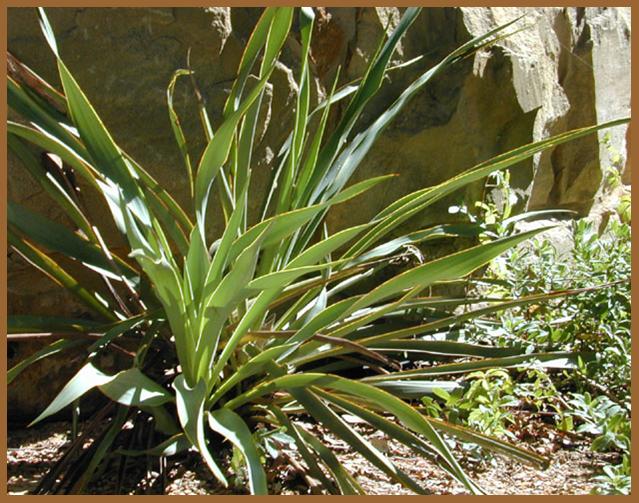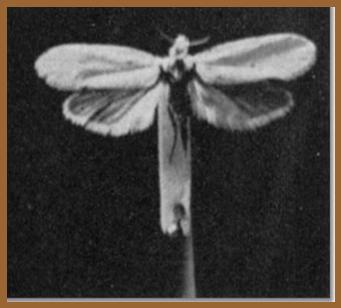Guide to SA Natural Areas & Greenway Trails
P. Yucca & Yucca Moth

BJ Wildflower Center : NPIN 11566 by Joseph A. Marcus
COSA Parks and Recreation Department’s Wendy Leonard is the author of this piece.
IRRESISTIBLE ODOR OF YUCCA BLOOMS
Have you heard the story of the yucca moth and Twist-leaf Yucca (Yucca rupicola)? If not, you should become familiar with it, because it is a story that is playing out in our natural areas as we speak. From March to June almost every year, moths, lured by the irresistible smell of yucca flowers, emerge from the ground. Yucca moths are one of the oldest moth species (Yucca Moth: www.desertusa.com).
YUCCA MOTHS MATE INSIDE THE YUCCA BLOOM
After being lured out of the ground, the yucca moths (Tegeticula yuccasella) in Central Texas spend their days resting on the yucca plants near the flowers. Then at nighttime, when blooms are fully open, the male and female yucca moths mate inside the yucca bloom. After mating and collecting flower pollen, the female yucca moth leaves the flower and sets out in search of a newly-opened yucca bloom. Once she finds a suitable flower, she lays her eggs inside the ovary of the flower and deposits the pollen she collected from the first blossom (Yucca Moth: www.desertusa.com).
LARVAL FEAST
The fertilized flower then starts forming fruit. Within a few days, the yucca moths hatch and start feeding on the developing seeds. The larvae progress downward through the fruit until they chew their way out and drop to the ground, burrowing into the soil and creating a cocoon. They later emerge as moths, lured once again by the irresistible smell of yucca blooms (Hebert, L. 2009, Yuccas and Yucca Moths).
In this example of obligate mutualism, the yucca needs the moth to pollinate the flowers, which only this moth can do; the moth needs the flower in which to deposit its eggs so the developing larvae can have a source of food (Hebert, L. 2009, Yuccas and Yucca Moths). Recently, biologists have found that each species of yucca has its own species of moth pollinator (www.yuccamuseum.org).
EXCESSIVE DEER EAT THE YUCCA BLOOMS
If the yuccas do not bloom, then moths do not breed. Likewise, if there are no yucca moths, the yuccas will never set seed. This is what is happening here in Central Texas, especially to the endemic Twist-leaf Yucca (Yucca rupicola). Tasting and looking much like asparagus sprouts when bloom stalks first start, the stalks are tasty morsels for deer, preventing yuccas from blooming. With the over-population of deer in the few wild lands left, browsing pressure is high, threatening the long-term success of the yucca moths and the yuccas. Those yuccas that are protected from deer and other herbivores have to be lucky enough to have a yucca moth by their side.
Image copied from desertusa.com/animals/coevolution-mutualism.html
